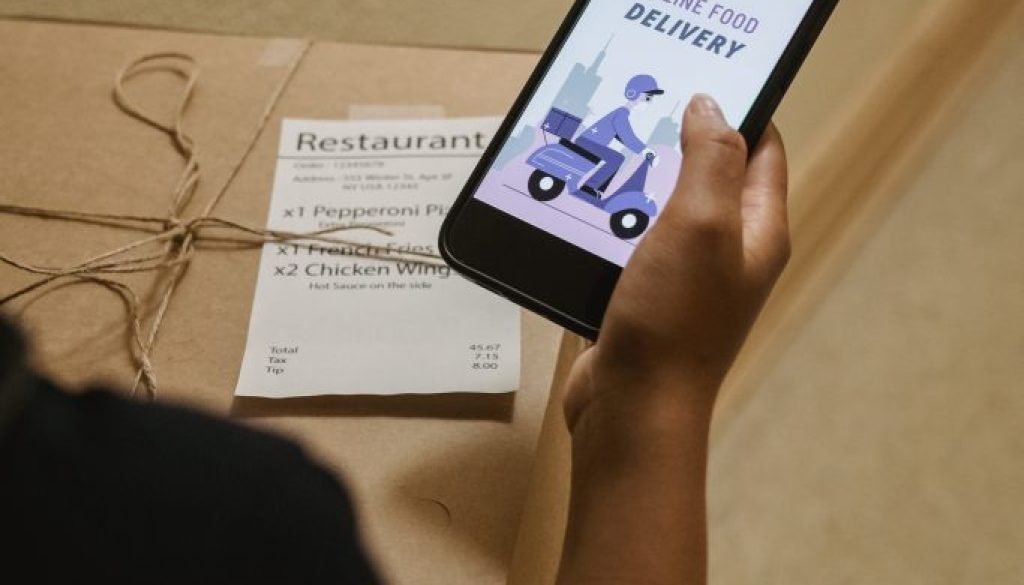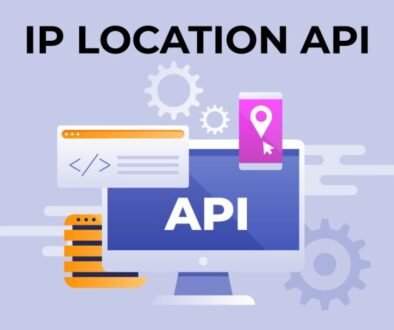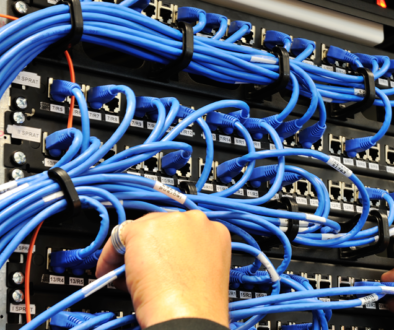The Evolution of Food Delivery Apps: From Convenience to Necessity
In today’s fast-paced world, where time is a precious commodity, food delivery apps have become an integral part of our lives. With a few taps on our smartphones, we can have our favorite meals delivered right to our doorstep. In this article, we will explore the fascinating journey of food delivery app development, from its humble beginnings to the technological marvels they are today.
Introduction
Food delivery apps have revolutionized the way we dine, offering convenience, variety, and efficiency. In this article, we will delve into the fascinating world of food delivery app development and how it has transformed the food industry.
The Birth of Food Delivery Apps
The concept of ordering food for delivery dates back to the 1920s, but the digital era ushered in a new era of convenience. We’ll explore the origins of food delivery apps and their gradual rise in popularity.
The Impact of Technology on Food Delivery App Development
In the ever-evolving landscape of food delivery, technology has played a pivotal role in transforming the way we order, receive, and enjoy our favorite meals. With the advent of smartphones and the continuous advancements in software and hardware, food delivery apps have become indispensable tools for both consumers and restaurants. In this article, we’ll explore the profound impact of technology on food delivery app development.
The Digital Revolution
The roots of food delivery can be traced back to the age-old practice of ordering takeout from your local restaurant. However, the digital revolution has elevated this experience to a whole new level. The integration of technology into the food industry has created a seamless and efficient process, revolutionizing the way we interact with food delivery services.
User-Friendly Interfaces
One of the most noticeable impacts of technology is the creation of user-friendly interfaces. Food delivery apps are designed to be intuitive and easy to navigate, allowing users to place orders with just a few taps on their smartphones. This simplicity encourages more people to embrace online food ordering, expanding the customer base for restaurants and delivery platforms.
Mobile Apps for Convenience
The rise of smartphones has been a game-changer for the food delivery industry. Mobile apps offer unmatched convenience, allowing users to order food from anywhere at any time. With GPS functionality, users can track their deliveries in real-time, providing a sense of security and anticipation.
Personalization and Recommendations
Technology has enabled food delivery apps to gather vast amounts of data about user preferences and ordering habits. This data is harnessed to provide personalized recommendations to users. These recommendations are not only convenient but also enhance the overall user experience.
Streamlining Operations
Behind the scenes, technology has streamlined the operations of food delivery services. From order management to delivery routing, sophisticated software systems ensure that the entire process runs efficiently.
GPS Integration
The integration of GPS technology has been a game-changer for both users and delivery drivers. It allows for precise tracking of orders, giving users real-time updates on the status of their delivery. This transparency enhances the trust between users and the delivery platform.
Payment Options
Technology has also diversified payment options. Users can now pay for their orders using a variety of methods, from credit cards to digital wallets. This flexibility caters to a wide range of customers and ensures that payments are secure and hassle-free.
Enhancing Restaurant Operations
Food delivery apps have not only benefited consumers but have also had a significant impact on restaurants.
Increased Visibility
Being listed on a popular food delivery app can significantly increase a restaurant’s visibility and customer base. Smaller eateries that may have struggled to attract customers now have a platform to showcase their offerings.
Data-Driven Insights
Restaurants can leverage the data generated by food delivery apps to gain insights into customer preferences and trends. This information can be used to tailor menus, optimize pricing, and improve service quality.
Challenges in Food Delivery App Development
While food delivery apps have undoubtedly transformed the way we order and enjoy food, their development is not without its fair share of challenges. The complexities of creating and maintaining these applications require careful consideration of various factors. In this article, we will delve into the key challenges faced by developers in the realm of food delivery app development.
1. Competition in the Market
The food delivery app market is highly competitive, with numerous established players vying for market share. New entrants must find innovative ways to differentiate themselves and attract both users and restaurant partners.
2. User Experience and Interface Design
Creating a user-friendly interface that offers a seamless experience is critical. Developers must constantly refine the app’s design to ensure that it remains intuitive and efficient, even as features and options expand.
3. Data Security and Privacy
Food delivery apps handle sensitive customer information, including personal details and payment information. Ensuring robust data security measures to protect this data is a top priority.
4. Logistics and Delivery Optimization
Efficient delivery logistics are essential to meet customer expectations. Optimizing routes, managing delivery personnel, and estimating delivery times accurately are ongoing challenges.
5. Restaurant Integration
Coordinating with a wide variety of restaurants, each with its own menu and pricing structures, can be challenging. Ensuring that all restaurant partners’ offerings are accurately represented on the app is crucial.
6. Real-Time Order Management
Handling a large volume of real-time orders requires a robust order management system. Delays or errors in order processing can lead to customer dissatisfaction.
7. Payment Gateway Integration
Supporting various payment methods and ensuring secure transactions is complex. Developers must stay up-to-date with payment industry standards and regulations.
8. Scalability
As the user base grows, the app must scale to accommodate increased traffic and demand. Scaling without compromising performance is a constant challenge.
9. Quality Assurance
Testing food delivery apps thoroughly is essential to identify and rectify any bugs or issues. Maintaining app stability is crucial to providing a consistent user experience.
10. Regulatory Compliance
Compliance with local and national regulations, including food safety and delivery standards, can be a complex legal challenge.
Conclusion
Technology has revolutionized the food delivery industry, making it more accessible, efficient, and enjoyable for both consumers and restaurants. As technology continues to advance, we can expect even more innovations that will further shape the future of food delivery app development.



